Home>Others>Eco-Friendly Products>What Goes In A Compost Bin
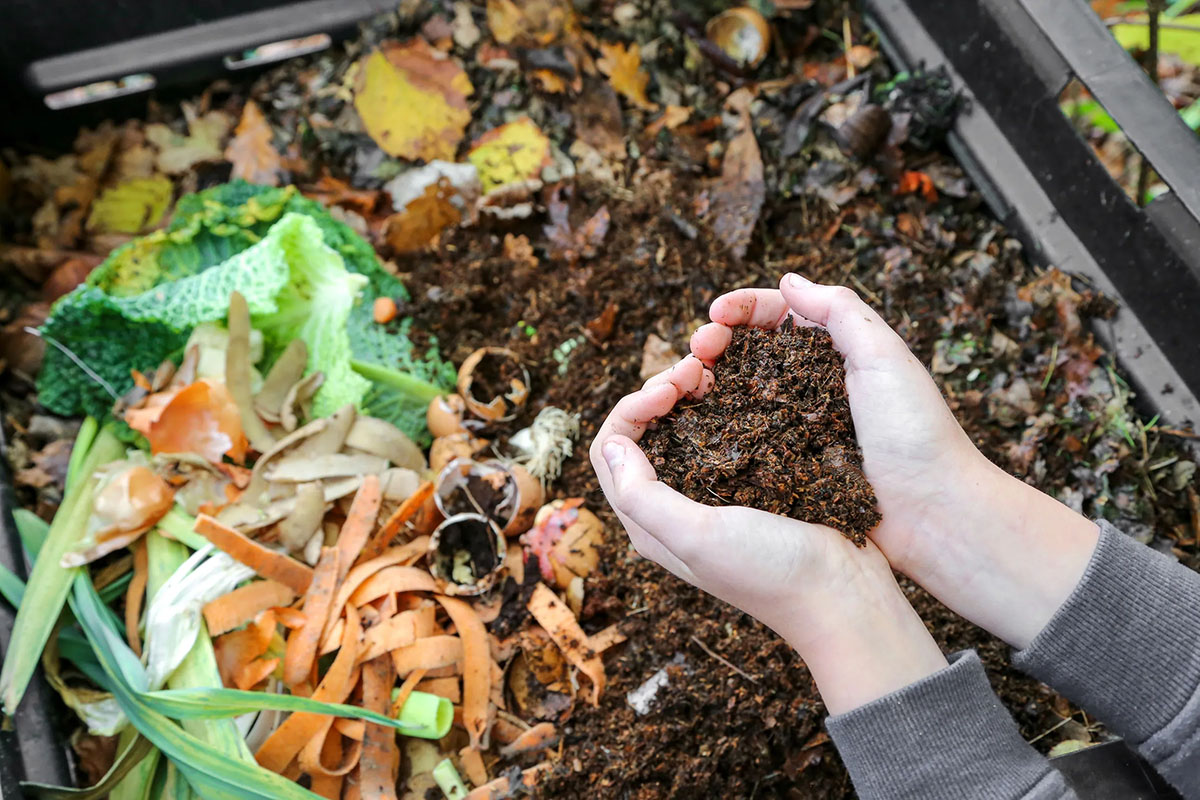

Eco-Friendly Products
What Goes In A Compost Bin
Modified: March 26, 2024
Discover eco-friendly products for your compost bin. Learn what to put in a compost bin and how to create nutrient-rich soil for your garden. Start composting today!
(Many of the links in this article redirect to a specific reviewed product. Your purchase of these products through affiliate links helps to generate commission for Storables.com, at no extra cost. Learn more)
Introduction
Welcome to the wonderful world of composting! If you’re looking to reduce your environmental footprint and nourish your garden at the same time, then composting is a fantastic way to achieve both. Composting is the process of recycling organic materials, such as food scraps and yard waste, into a nutrient-rich soil amendment. It’s a simple and effective way to divert waste from landfills while creating a valuable resource for your garden.
Composting is a natural process that has been practiced for centuries, and it’s a cornerstone of sustainable living. By harnessing the power of decomposition, you can transform kitchen and garden waste into “black gold” – a dark, crumbly substance that’s teeming with beneficial microorganisms and essential nutrients for plants.
In this article, we’ll explore the ins and outs of composting, from what you can put in a compost bin to the benefits of composting and how to maintain a healthy compost pile. Whether you’re a seasoned gardener or a novice environmental enthusiast, there’s something for everyone to learn about the art and science of composting. So, grab your pitchfork and let’s dig into the world of composting!
Key Takeaways:
- Composting is a simple way to recycle kitchen and garden waste into nutrient-rich soil. By balancing “greens” and “browns,” aerating the pile, and monitoring moisture, you can create a thriving composting ecosystem in your own backyard.
- Composting reduces organic waste, improves soil structure, and supports a circular economy. By avoiding prohibited items and maintaining a healthy compost pile, you can nurture flourishing, resilient plants in your garden.
Read more: What Is A Compost Bin
What Can Go in a Compost Bin?
Composting is a versatile and forgiving process that can handle a wide range of organic materials. Knowing what to put in your compost bin is essential for maintaining a healthy and balanced compost pile. Here’s a comprehensive list of items that can be added to your compost bin:
- Fruit and vegetable scraps: Banana peels, apple cores, lettuce leaves, and other kitchen scraps are excellent additions to your compost bin. These items decompose readily and contribute valuable nutrients to the compost.
- Coffee grounds and filters: Used coffee grounds and filters are rich in nitrogen, an essential component for successful composting. They also help to balance the carbon-to-nitrogen ratio in the compost pile.
- Eggshells: Crushed eggshells add calcium to the compost, which is beneficial for plant growth. Rinse the eggshells and crush them before adding them to the pile.
- Grass clippings: Fresh grass clippings can provide a nitrogen boost to your compost. However, be sure to mix them with drier materials to prevent matting and odor issues.
- Leaves: Fallen leaves are an excellent source of carbon for your compost pile. Shred them to speed up the decomposition process.
- Tea bags: Used tea bags, minus the staples, can be composted. Tea leaves are a good source of nitrogen.
- Straw and hay: These materials are great for adding carbon to the compost. Just ensure that they are free from herbicides.
- Shredded paper and cardboard: Paper and cardboard products, such as newspaper and cardboard egg cartons, can be torn into small pieces and added to the compost bin as a source of carbon.
- Wood chips and sawdust: Small amounts of untreated wood materials can be added to the compost to provide carbon. Avoid using large quantities, as they can slow down the decomposition process.
- Plant trimmings: Pruned branches, spent flowers, and other garden trimmings can be composted, provided they are free from diseases and pesticides.
- Weeds: Non-seeding weeds can be added to the compost, but avoid including weeds with mature seeds to prevent them from sprouting in your garden later.
By incorporating these organic materials into your compost bin, you can create a balanced and nutrient-rich environment for the decomposition process to take place. However, it’s important to maintain a good balance between “greens” (nitrogen-rich materials) and “browns” (carbon-rich materials) in your compost pile to ensure efficient decomposition and minimize odors.
What Should Not Go in a Compost Bin?
While composting is a versatile process that can handle a wide array of organic materials, there are certain items that should be kept out of your compost bin. Avoiding these materials will help maintain a healthy and effective composting environment. Here’s a list of items that should not be added to your compost pile:
- Meat and dairy products: These items can attract pests and create unpleasant odors in the compost. They also decompose slowly and may introduce pathogens into the pile.
- Fats, oils, and grease: These substances can coat organic materials, making it difficult for air and water to penetrate the compost pile. They can also attract pests and create anaerobic (oxygen-deprived) conditions.
- Coal or charcoal ash: Ash from coal or charcoal can contain substances harmful to plants and soil organisms. It can also raise the pH of the compost, affecting its suitability for plant growth.
- Plastic and synthetic materials: Non-biodegradable materials such as plastic bags, packaging materials, and synthetic fabrics should never be added to the compost. These items do not break down and can contaminate the compost with harmful chemicals.
- Colored or glossy paper: Paper with colored inks or glossy coatings may contain toxic substances that can persist in the compost and harm plants.
- Chemically treated wood: Wood that has been treated with preservatives or finishes should not be composted, as it can release harmful chemicals during decomposition.
- Diseased plants: Plants infected with diseases or pests should be kept out of the compost to prevent the spread of pathogens to healthy plants.
- Pet waste: Waste from cats, dogs, and other carnivorous pets should be avoided in compost piles due to the risk of pathogens and parasites.
- Weeds with mature seeds: Weeds that have gone to seed should be excluded from the compost, as the seeds can survive the composting process and sprout in your garden.
- Inorganic materials: Rocks, metals, and other inorganic materials have no place in the compost bin and should be kept out to maintain the purity of the compost.
By being mindful of the materials you add to your compost bin and avoiding these prohibited items, you can ensure that your compost pile remains healthy, odor-free, and free from contaminants. This will ultimately result in nutrient-rich compost that can benefit your garden and the environment.
Remember to include a good balance of “green” materials like fruit and vegetable scraps, and “brown” materials like leaves and paper in your compost bin. This will help create a healthy environment for the microorganisms that break down the materials.
Benefits of Composting
Composting offers a multitude of benefits, both for the environment and for individual gardeners. By embracing composting as a sustainable practice, you can make a positive impact on the planet while reaping numerous rewards for your garden. Here are some of the key benefits of composting:
- Reduction of organic waste: Composting diverts organic materials from landfills, where they would otherwise contribute to methane emissions, a potent greenhouse gas. By composting, you can significantly reduce your household’s environmental footprint.
- Improvement of soil structure: Compost enriches the soil with organic matter, improving its structure, water retention, and aeration. This creates an optimal environment for plant roots to thrive and promotes overall soil health.
- Enhancement of soil fertility: Compost is a natural source of essential nutrients, such as nitrogen, phosphorus, and potassium, which are vital for plant growth. By adding compost to the soil, you can enhance its fertility and reduce the need for chemical fertilizers.
- Support for beneficial microorganisms: Compost teems with beneficial bacteria, fungi, and other microorganisms that contribute to soil health and plant vitality. These microorganisms help break down organic matter, suppress diseases, and improve nutrient availability.
- Reduction of soil erosion: Healthy, well-structured soil resulting from the addition of compost is less prone to erosion. Compost helps bind soil particles together, reducing the risk of erosion caused by wind and water.
- Stimulation of plant growth: Plants grown in compost-amended soil often exhibit improved growth, vigor, and resistance to environmental stresses. Compost provides a nurturing environment that encourages robust plant development.
- Contribution to a circular economy: Composting closes the loop on organic waste by transforming it into a valuable resource. By returning organic matter to the soil, composting supports a circular economy and sustainable resource management.
- Reduction of chemical inputs: By using compost as a natural soil amendment, gardeners can reduce their reliance on synthetic fertilizers and pesticides, thereby minimizing their exposure to potentially harmful chemicals.
Embracing composting as a regular practice can yield a host of benefits for both the environment and your garden. By harnessing the power of decomposition, you can contribute to a healthier planet while nurturing flourishing, resilient plants in your own backyard.
How to Maintain a Compost Bin
Maintaining a compost bin is essential for ensuring that organic materials decompose efficiently and produce high-quality compost. By following some simple guidelines, you can keep your compost pile healthy and productive. Here are key steps to maintain a compost bin:
- Balance “greens” and “browns”: Maintain a good balance of nitrogen-rich “green” materials (such as fruit and vegetable scraps, grass clippings, and coffee grounds) and carbon-rich “brown” materials (such as dried leaves, shredded paper, and straw). Aim for a carbon-to-nitrogen ratio of about 25-30 parts carbon to 1 part nitrogen for optimal decomposition.
- Aerate the compost: Regularly turn or mix the compost pile to introduce oxygen, which is essential for the decomposition process. This helps prevent the pile from becoming compacted and anaerobic, promoting the activity of beneficial aerobic microorganisms.
- Keep the pile moist: Ensure that the compost pile remains consistently moist, like a wrung-out sponge. Water the pile during dry periods to maintain the ideal moisture level for decomposition. Avoid overwatering, as excessive moisture can lead to anaerobic conditions and unpleasant odors.
- Monitor the temperature: A well-maintained compost pile will generate heat as microorganisms break down organic matter. Use a compost thermometer to monitor the internal temperature, aiming for a range of 135-160°F (57-71°C) to optimize decomposition and kill weed seeds and pathogens.
- Chop and shred materials: Cutting or shredding large organic materials, such as branches and cardboard, accelerates the decomposition process by increasing the surface area for microbial activity.
- Avoid adding prohibited items: Refrain from adding meat, dairy, oils, and other prohibited items to the compost bin to prevent odors, pests, and contamination.
- Harvest the compost: Once the compost is dark, crumbly, and earthy-smelling, it’s ready to be harvested. Remove finished compost from the bottom of the pile and use it to enrich your garden soil.
- Start a new pile: After harvesting the finished compost, start a new pile with fresh organic materials. Use the mature compost as a soil amendment and continue the composting cycle.
By following these maintenance practices, you can foster an optimal environment for decomposition and produce high-quality compost for your garden. Regular attention to your compost bin will ensure that it remains a thriving ecosystem of beneficial microorganisms, resulting in nutrient-rich compost to nourish your plants and soil.
Read more: What Not To Put In A Compost Bin
Conclusion
Composting is not only a sustainable practice but also a rewarding journey that empowers individuals to make a positive impact on the environment and their gardens. By diverting organic waste from landfills and transforming it into a valuable resource, composting embodies the principles of circular economy and responsible stewardship of natural resources.
Through the simple act of composting, individuals can enrich their garden soil, reduce the need for chemical inputs, and foster a healthier, more resilient ecosystem. Compost, often referred to as “black gold,” is a testament to the transformative power of decomposition, turning kitchen scraps and yard waste into a nutrient-rich amendment that nourishes plants and supports soil health.
As you embark on your composting journey, remember that maintaining a compost bin is a labor of love – a partnership with the natural world that yields bountiful rewards. By balancing the inputs of “greens” and “browns,” aerating the pile, monitoring moisture and temperature, and responsibly harvesting the finished compost, you can create a thriving composting ecosystem in your own backyard.
Ultimately, composting is a celebration of nature’s inherent ability to recycle and regenerate. It’s a small yet impactful way to contribute to a healthier planet, one compost bin at a time. So, whether you’re a seasoned gardener or a novice composter, embrace the art and science of composting, and witness the magic of organic transformation unfold in your own garden.
Let’s continue to nurture our connection to the earth, one compost bin at a time, and cultivate a greener, more sustainable future for generations to come.
Frequently Asked Questions about What Goes In A Compost Bin
Was this page helpful?
At Storables.com, we guarantee accurate and reliable information. Our content, validated by Expert Board Contributors, is crafted following stringent Editorial Policies. We're committed to providing you with well-researched, expert-backed insights for all your informational needs.
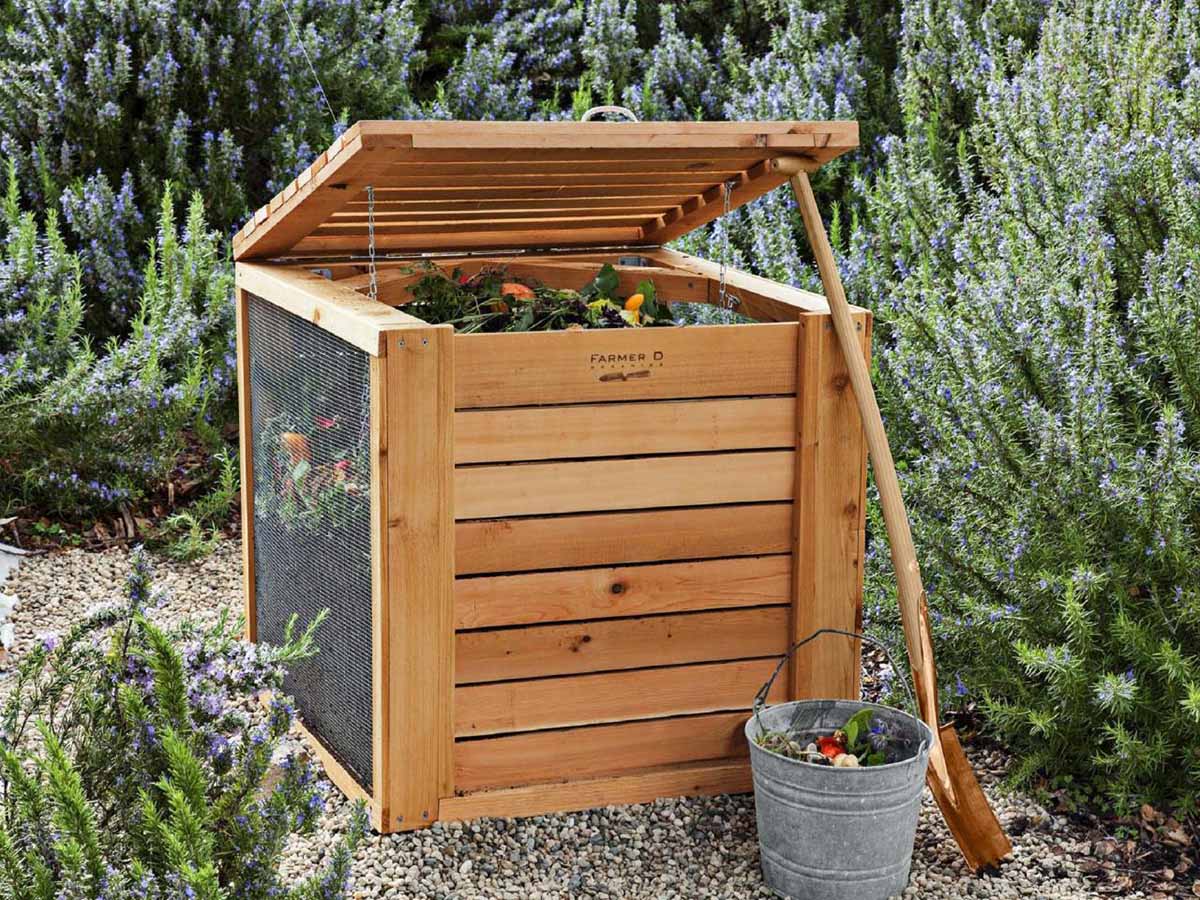
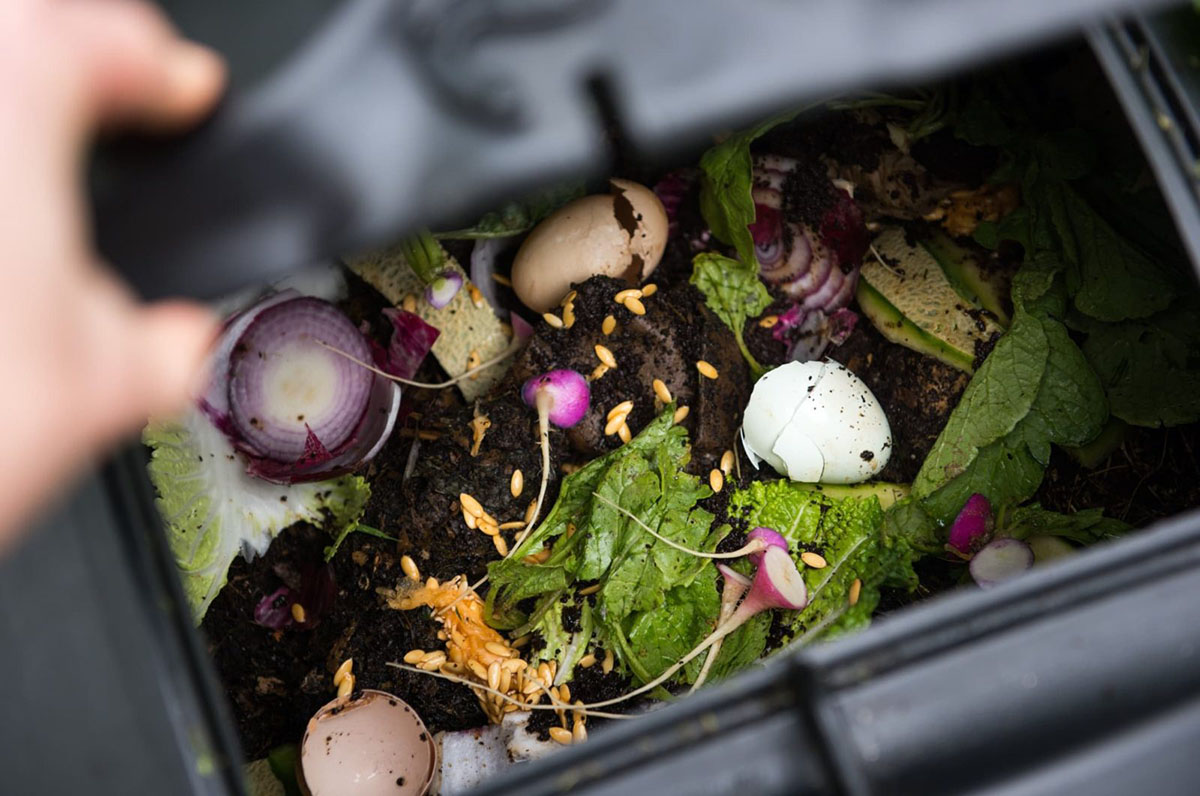
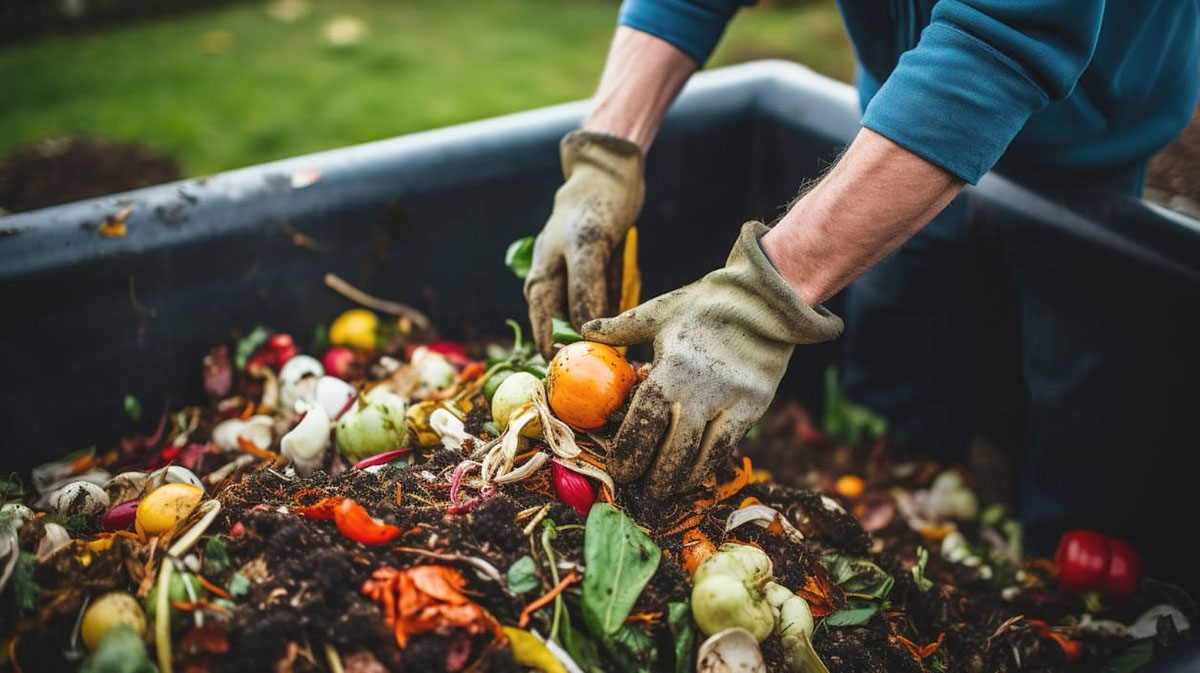
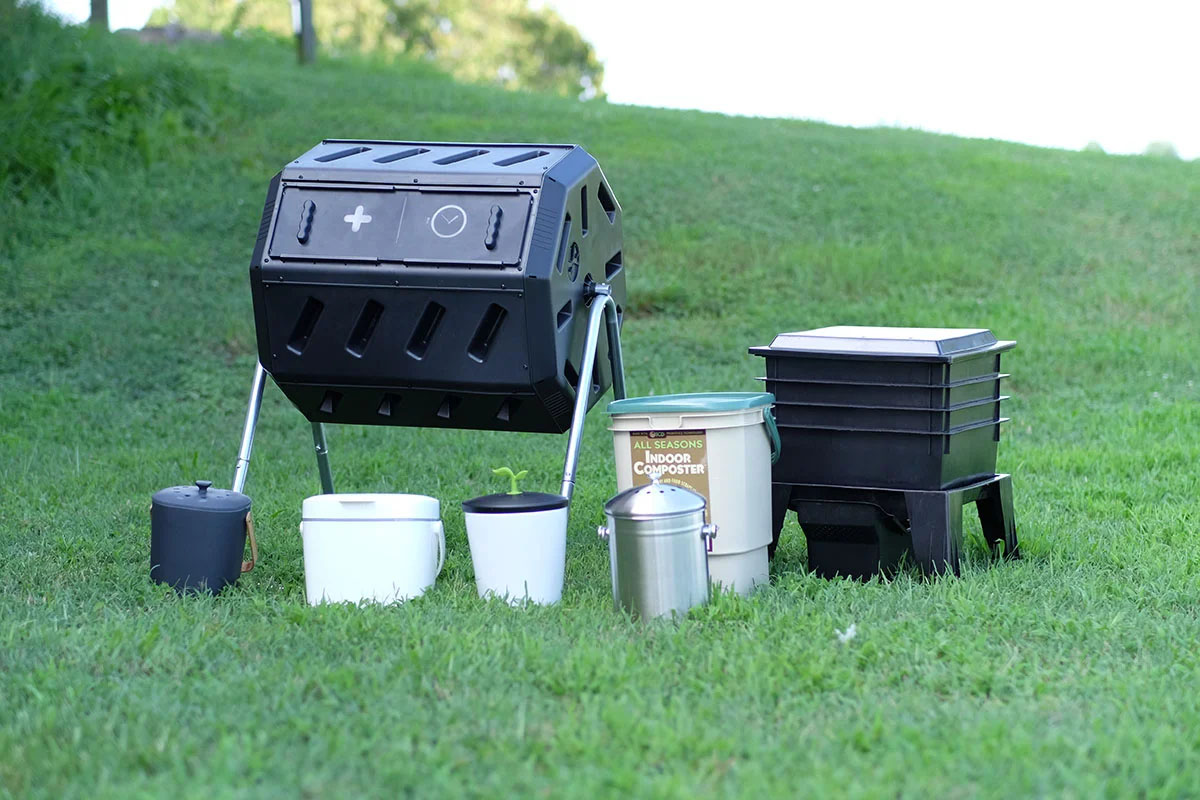
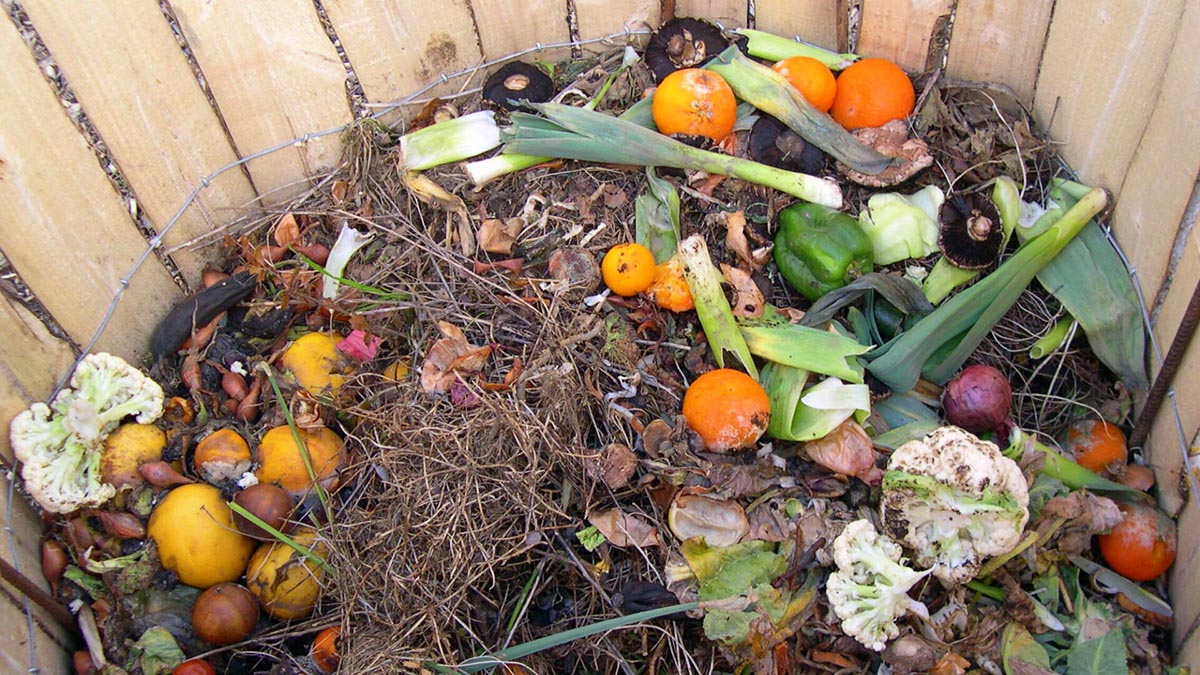
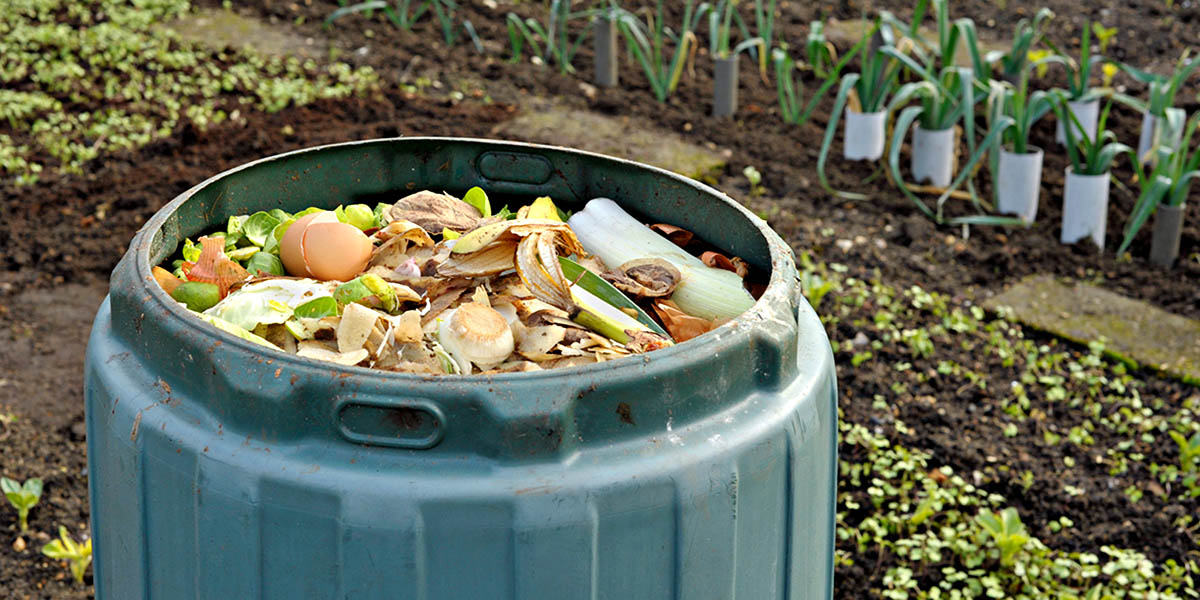
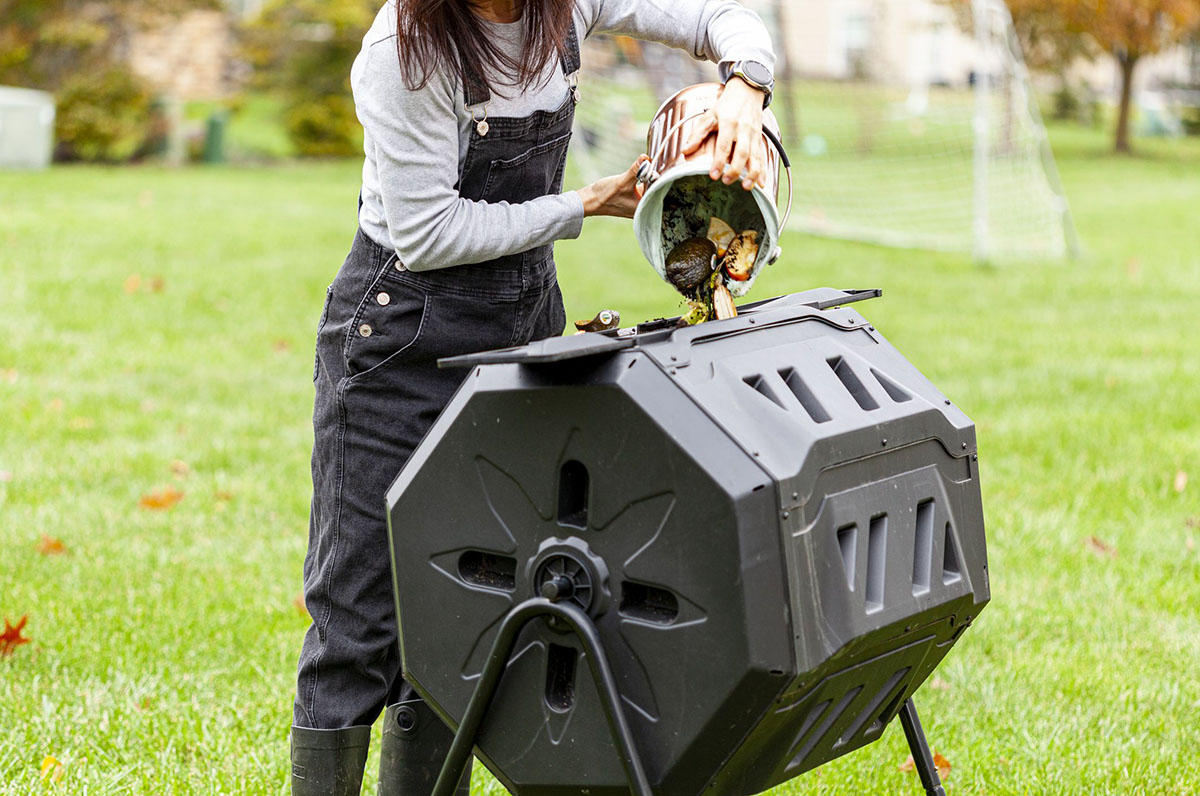
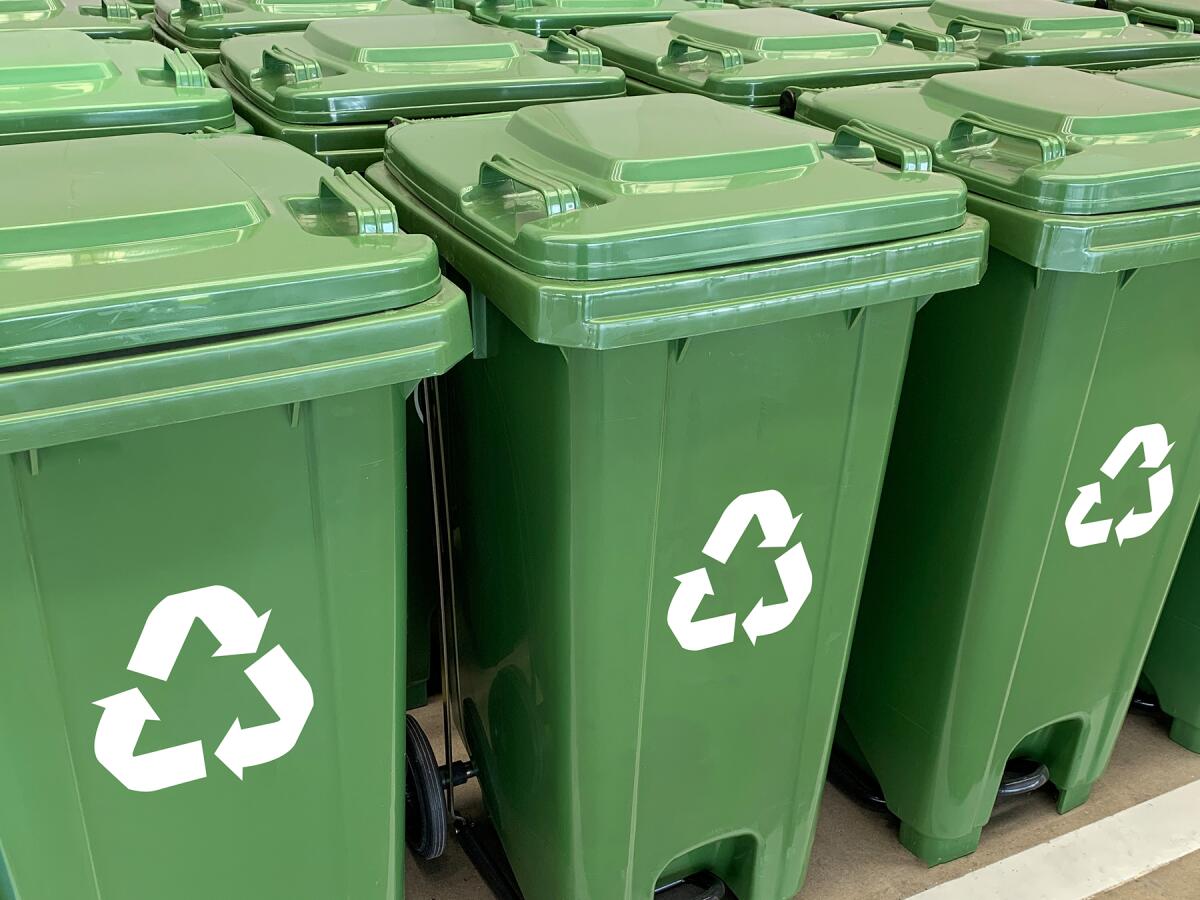
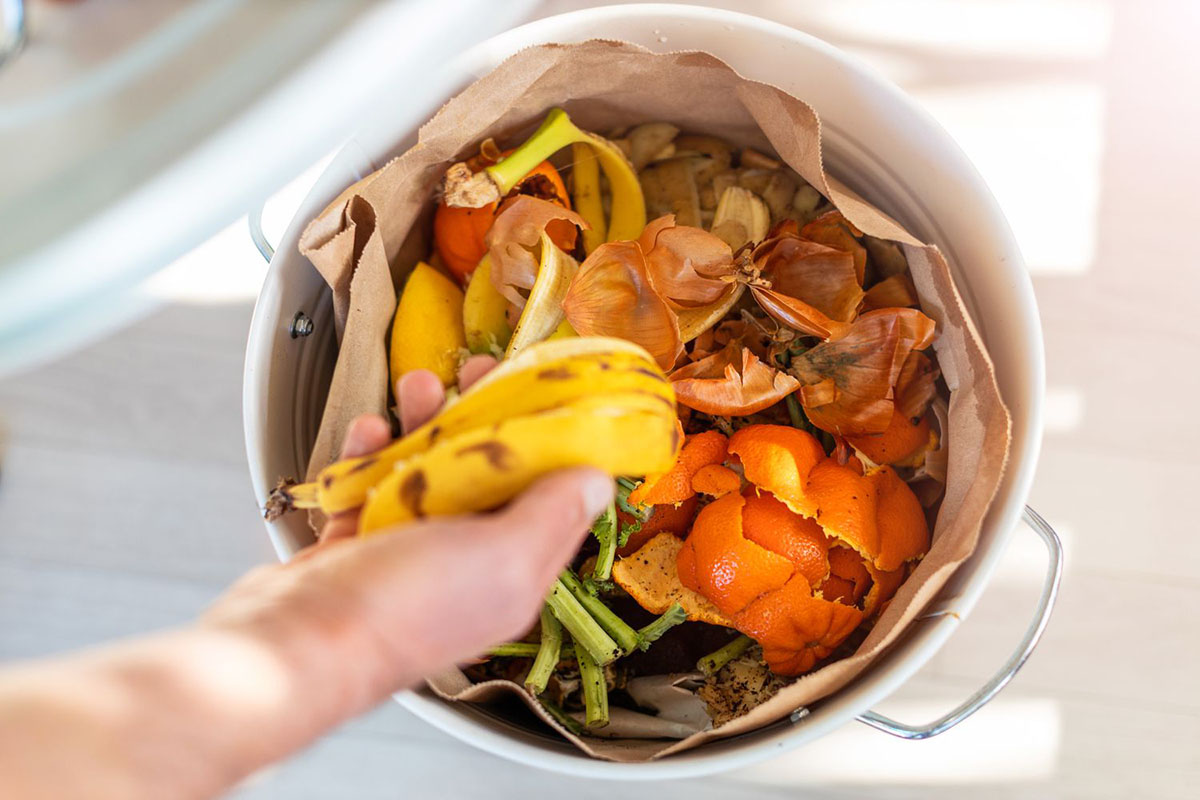
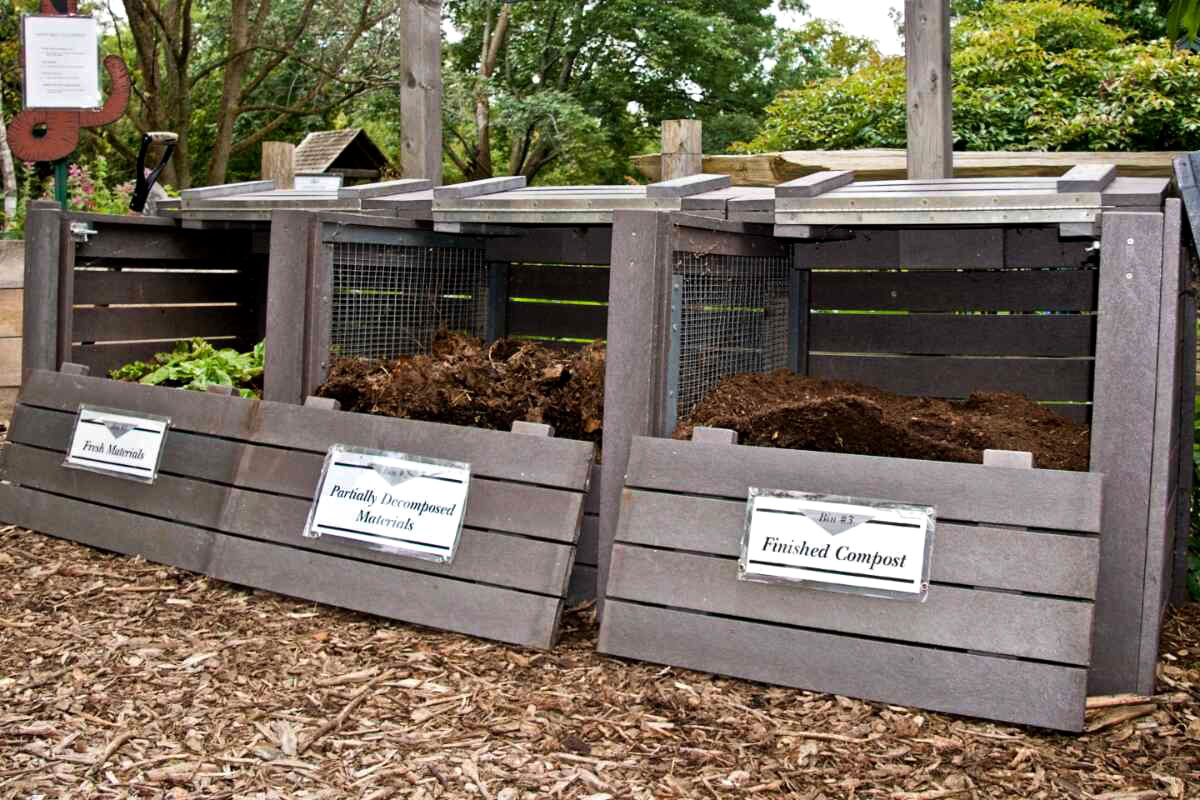
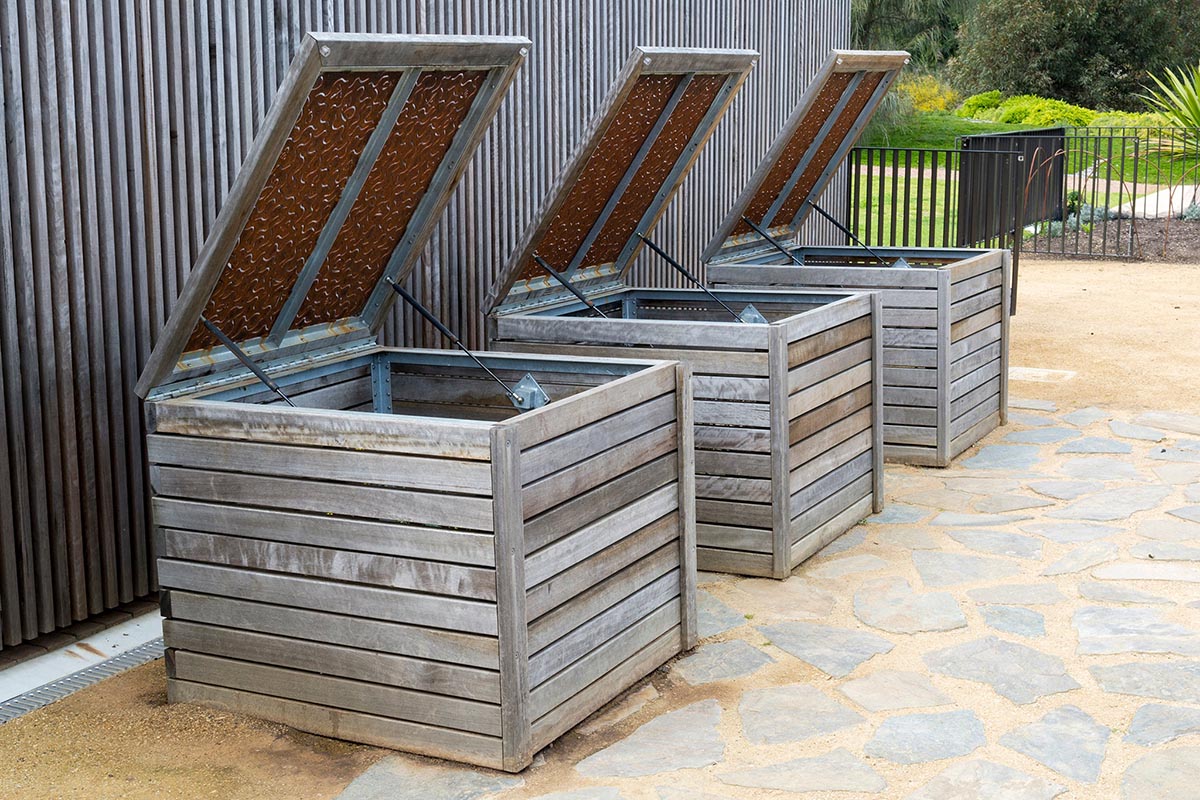
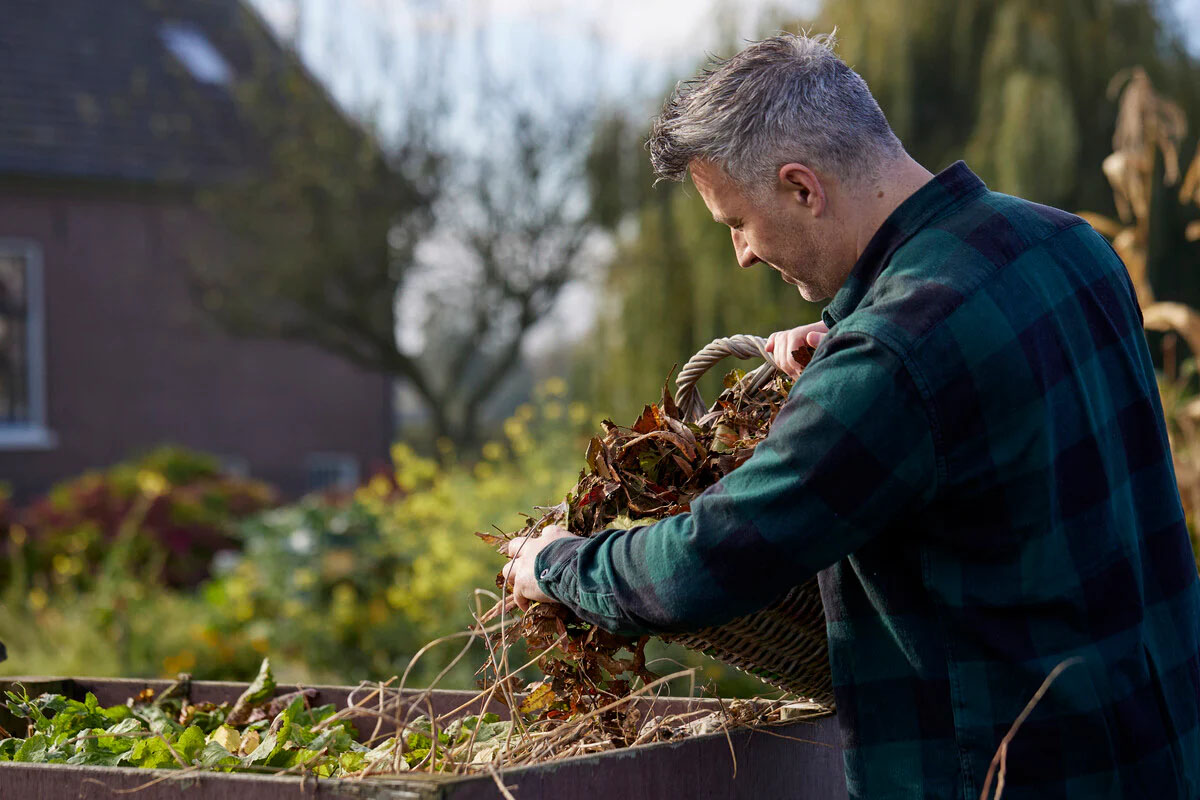
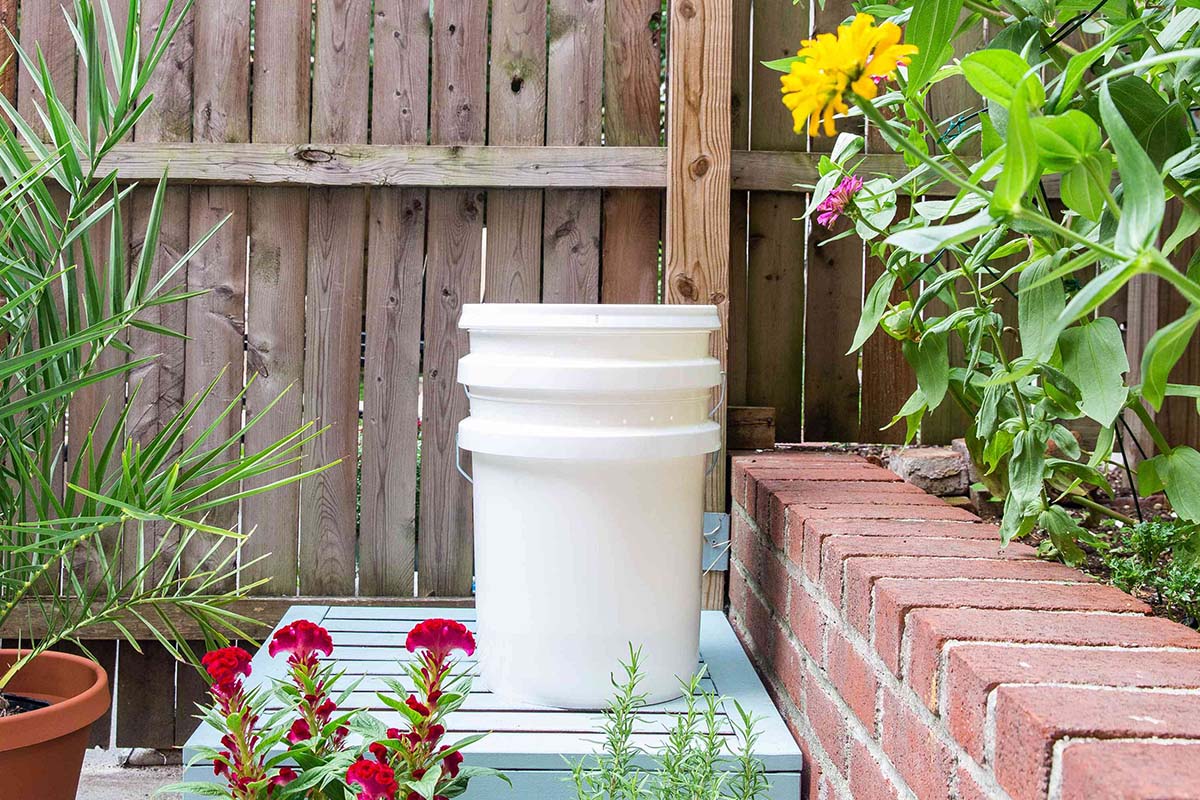
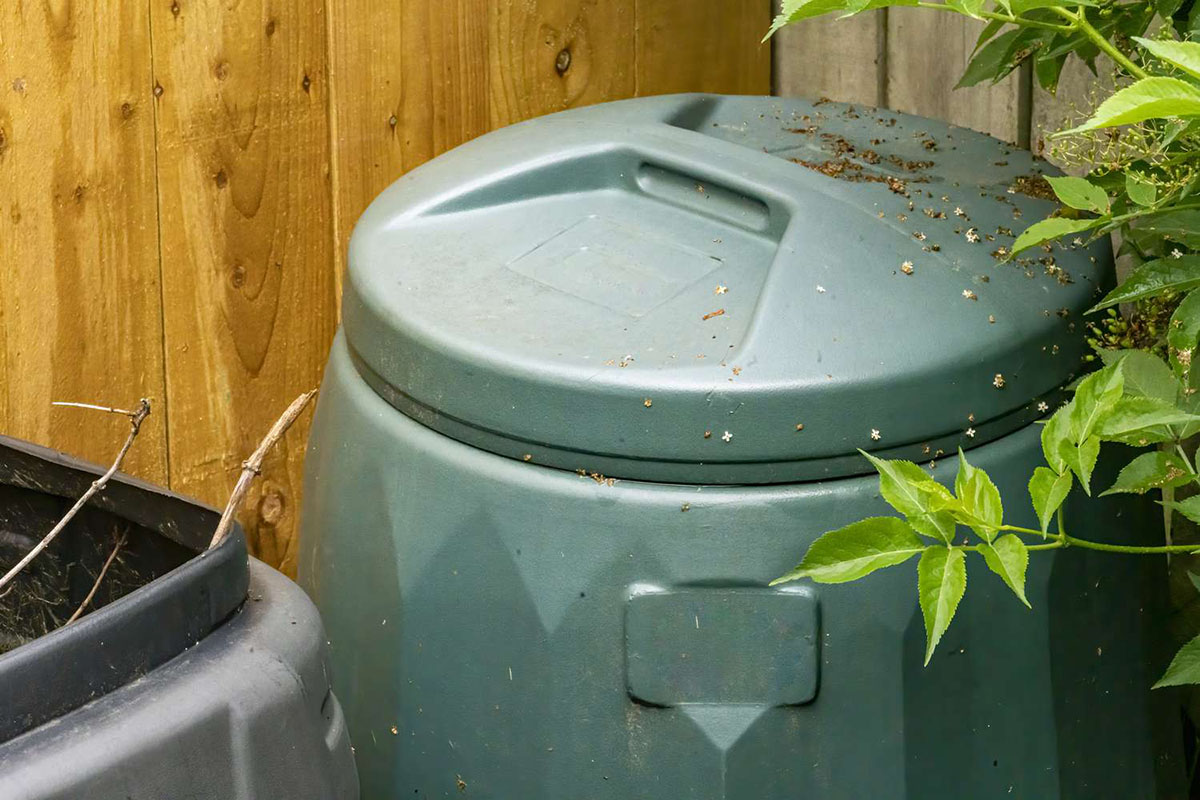

0 thoughts on “What Goes In A Compost Bin”